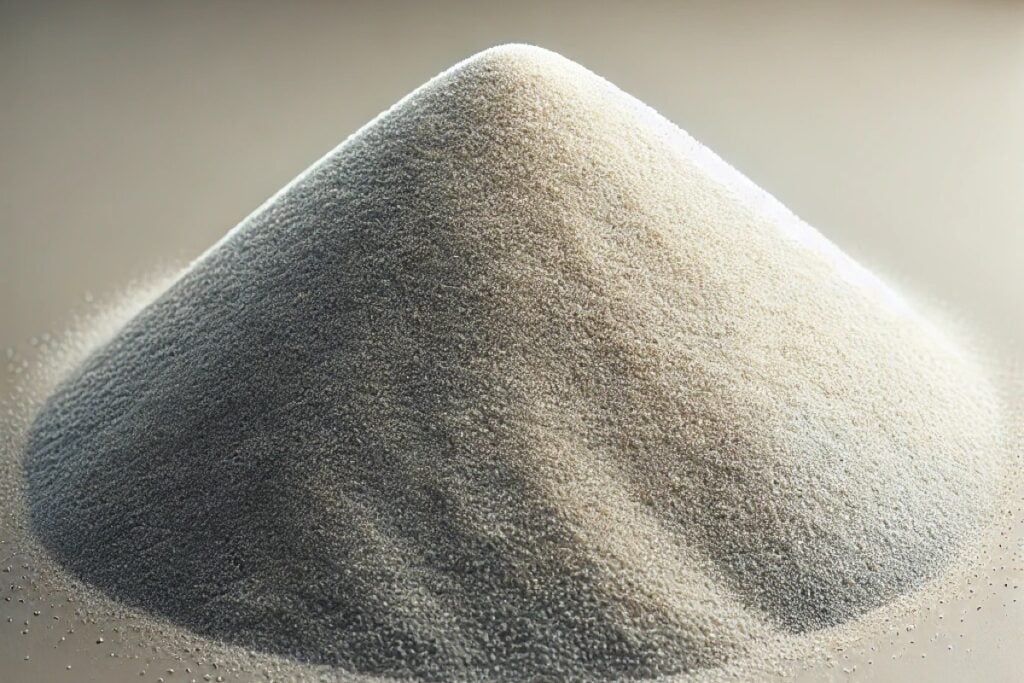Cremation ashes, also called cremains, are the remains left after a body is cremated or undergoes aquamation (water cremation). While many people may think of ashes as simply a fine powder, there are distinct characteristics and considerations to keep in mind. Below, we explore their smell, weight, texture, color, decomposition, and compare cremation ashes to aquamation ashes. We’ll also provide insights on handling, cultural perspectives, environmental impact, and practical uses of ashes.
Smell
Cremation ashes are generally odorless. During the cremation process, organic materials are reduced to inorganic bone fragments, leaving little to no smell. However, in rare cases, ashes stored in an unsealed container might have a faint, mineral-like scent.
Weight
The weight of cremation ashes varies based on the individual’s body size, bone density, and any residual medical implants. On average:
- Adults: 4 to 6 pounds (1.8 to 2.7 kilograms)
- Children and Infants: Proportionally lighter based on size and age
Factors like bone structure or the cremation process itself can influence the final weight.
Texture
Cremation ashes have a coarse texture, similar to fine gravel or sand. This texture comes from pulverized bone fragments, which are processed into a fine, manageable consistency. They are not powdery like flour but feel slightly grainy to the touch.
Color
The color of cremation ashes is typically light gray, white, or beige. Variations occur based on:
- The temperature and duration of the cremation
- The presence of medical implants or trace metals
- The individual’s bone density and composition
In contrast, aquamation ashes tend to have a bright white appearance due to the absence of combustion.
Aquamation Ashes vs. Cremation Ashes
Aquamation, also known as alkaline hydrolysis or water cremation, differs significantly from traditional cremation in how it processes the body and produces ashes:
- Process: Aquamation uses water, heat, and alkaline chemicals to break down the body, preserving more bone material. Cremation relies on high heat to reduce the body to bone fragments.
- Color: Aquamation ashes are often whiter than cremation ashes due to the lack of carbon residue.
- Texture: Aquamation ashes are finer and softer than the coarser texture of cremation ashes.
- Weight: Aquamation ashes are usually heavier because more bone material is preserved in the process.
Do Cremation Ashes Decompose Over Time?
Cremation ashes are primarily inorganic and do not decompose in the traditional sense. They can remain intact for centuries, especially when stored in urns or sealed containers. However:
- Environmental Factors: When buried or scattered, ashes may slowly break down due to soil acidity or water exposure.
- Special Containers: Bio-urns or eco-friendly containers can encourage integration with the environment, especially when combined with tree planting or other natural processes.
Cultural and Religious Notes
Different cultures and religions have unique practices and beliefs regarding cremation ashes:
- Hinduism: Ashes are scattered in sacred rivers, like the Ganges, as part of spiritual purification.
- Buddhism: Ashes may be enshrined in stupas or scattered in nature.
- Christianity: Attitudes vary; some denominations permit scattering, while others prefer burial.
- Judaism and Islam: Both traditionally oppose cremation, though some modern adherents may choose it.
Understanding cultural practices can help families honor traditions when deciding how to handle ashes.
Handling and Storage
Proper handling and storage of ashes are important for preservation and memorialization:
- Urns: Choose from a wide variety of urns, including ceramic, metal, wood, or biodegradable options.
- Keepsakes: Small portions of ashes can be stored in jewelry or miniature urns for sentimental value.
- Scattering: If scattering, ensure permissions are obtained, especially on private or public land.
- Sealing: For long-term storage, use a sealed, air-tight urn to prevent environmental exposure.
Environmental Impact
The environmental effects of cremation and aquamation ashes depend on how they are handled:
- Cremation Ashes: Generally inert, but large quantities in one location can alter soil pH. This is why scattering ashes responsibly and evenly is recommended.
- Aquamation Ashes: Tend to have less environmental impact as the process itself is more eco-friendly.
Bio-urns and green burial practices are excellent options for those concerned about sustainability.
Scientific Explanation
Cremation ashes primarily consist of:
- Calcium Phosphate: The main component of bones
- Trace Minerals: Small amounts of sodium, potassium, and other elements
These inorganic remains are resistant to decay, making them stable for long-term preservation.
Uses of Cremation Ashes
Families often choose creative ways to memorialize their loved ones with cremation ashes:
- Scattering: At sea, in gardens, or at a meaningful location
- Burial: In cemeteries or designated ash plots
- Keepsakes: Jewelry, glass art, or other personal items
- Eco-Friendly Options: Planting with trees in bio-urns or creating coral reefs
These options provide flexibility for personalization.
Frequent questions about ashes
Here are some frequently asked questions about ashes and their answers.
Can cremation ashes be harmful to touch?
No, cremation ashes are sterile and safe to handle.
Are cremation ashes really the whole body?
No, they are the pulverized remains of bones, as organic matter is consumed during cremation or aquamation.
What happens if ashes are scattered in water?
Ashes will sink to the bottom and gradually disperse, depending on the water’s currents and depth.
Do ashes smell over time?
No, ashes are odorless when properly stored.
Can you mix ashes of two people?
Yes, families often choose to mix ashes of loved ones for sentimental reasons.
Can cremation ashes be divided?
Yes, ashes can be divided into smaller portions for sharing among family members or for placement in keepsakes.
Are aquamation ashes safe for soil?
Yes, they are considered more eco-friendly and less likely to alter soil composition compared to cremation ashes.
Can ashes be scattered anywhere?
Laws vary by location; always check local regulations or seek permission on private land.
Do cremation ashes float in water?
No, they typically sink due to their density.
Can ashes be placed in a cemetery?
Yes, cremation ashes can be buried in plots, placed in columbariums, or scattered in cemetery gardens.

